Strattera Product Description
Strattera (atomoxetine) is a non-stimulant medication designed to manage symptoms of attention deficit hyperactivity disorder (ADHD) in children aged 6 and older, adolescents, and adults. Unlike traditional stimulant-based therapies, Strattera functions as a selective norepinephrine reuptake inhibitor (NRI), delivering a steady and controlled therapeutic effect without the risk of dependency. It is particularly beneficial for patients who cannot tolerate stimulants or for whom such treatments are ineffective. Strattera’s unique pharmacological profile makes it a widely prescribed alternative for improving focus, reducing impulsivity, and managing hyperactivity in both pediatric and adult populations.
Drug Uses
Strattera is used to treat various behavioral symptoms associated with ADHD, including attention difficulties, poor impulse control, and excessive activity. It is often considered a first-line option for children and adolescents due to its low potential for abuse and absence of withdrawal symptoms. Strattera does not share structural similarities with amphetamine-based medications and provides consistent symptom control throughout the day. Its use has shown effectiveness in both short-term symptom reduction and long-term behavioral improvement in academic and social settings.
Dosage Information
The initial recommended dose of Strattera is 40 mg per day, which can be taken as a single dose or split into two smaller doses. Based on the patient’s response and tolerability, the dose may be gradually increased up to a maximum of 100 mg per day. For children, dosage adjustments are often based on body weight and should always be supervised by a healthcare provider. Regular follow-up is important to ensure the medication continues to meet therapeutic goals effectively and safely over time.
Missed Dose
If a dose of Strattera is missed, it should be taken as soon as remembered. However, if it is close to the time for the next scheduled dose, the missed dose should be skipped to avoid doubling. Taking extra doses can increase the risk of side effects and is not recommended under any circumstances. Maintaining a consistent dosing schedule enhances treatment results and reduces the likelihood of unwanted fluctuations in symptom control.
More Information
Though Strattera is not classified as a stimulant or amphetamine derivative, its use should be reviewed regularly to ensure ongoing necessity and effectiveness. Medical guidelines recommend reassessing the treatment at least once every 12 months or after achieving a stable response. This helps prevent unnecessary long-term use and ensures that the therapy remains aligned with the patient’s evolving needs and developmental stage.
Storage
Strattera should be stored in a cool, dry location at room temperature not exceeding 30°C (86°F). To maintain the medication’s stability and effectiveness, keep it in its original container, away from heat, moisture, and direct sunlight. Always store out of reach of children and dispose of expired capsules responsibly.
Strattera Safety Information
Warnings
Patients with a history of cardiovascular issues or reduced heart function should begin treatment with the lowest effective dose of Strattera under close supervision. Although a slight increase in blood pressure may occur, most cases do not require dosage adjustments. Regular monitoring of heart rate and blood pressure is recommended, especially in patients with pre-existing cardiac concerns or when combining Strattera with other medications.
Disclaimer
The information provided about Strattera is for educational purposes only and is not intended to replace professional medical consultation. Always consult a qualified healthcare provider, such as a pediatrician, psychiatrist, or psychologist, before starting or changing ADHD treatment. The online pharmacy does not assume responsibility for any medical outcomes based on self-medication or reliance on the information presented here without clinical guidance.
Strattera Side Effects
Strattera is generally well tolerated, with a low incidence of serious side effects. In children and adolescents, approximately 3% may discontinue use due to symptoms such as nausea, irritability, fatigue, decreased appetite, abdominal pain, or increased blood pressure. Other mild side effects include headache, somnolence, indigestion, or nasal congestion. Adults may experience dry mouth, insomnia, palpitations, skin rash, decreased libido, muscle aches, or hot flashes. Any persistent or severe side effects should be reported to a healthcare professional for further evaluation and dose adjustment if necessary.

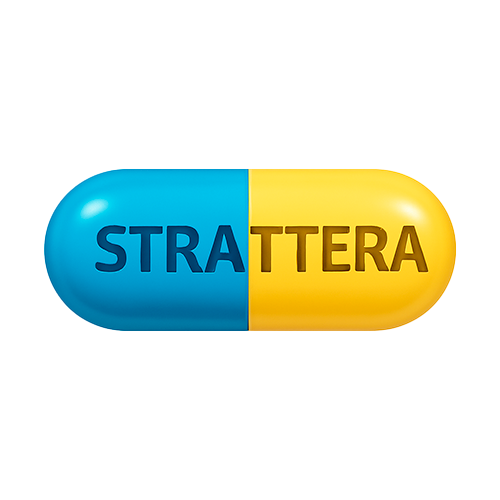

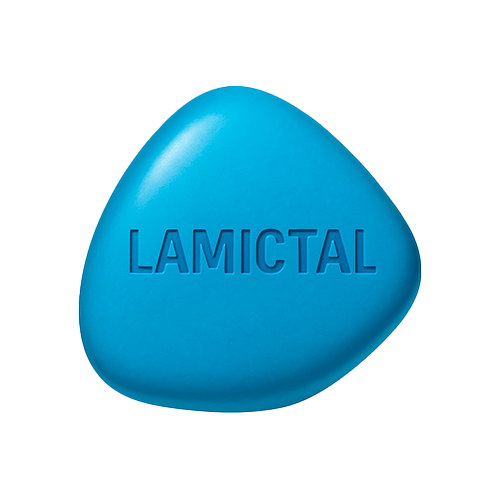
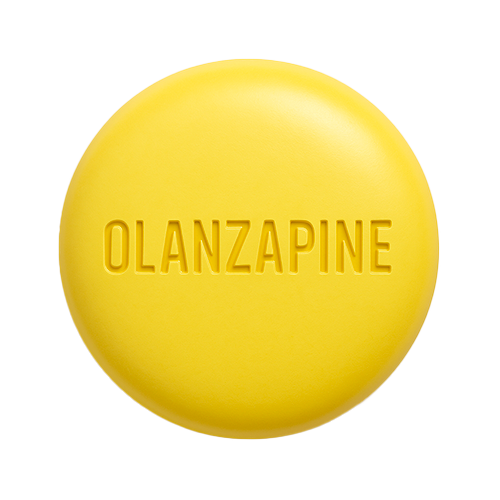
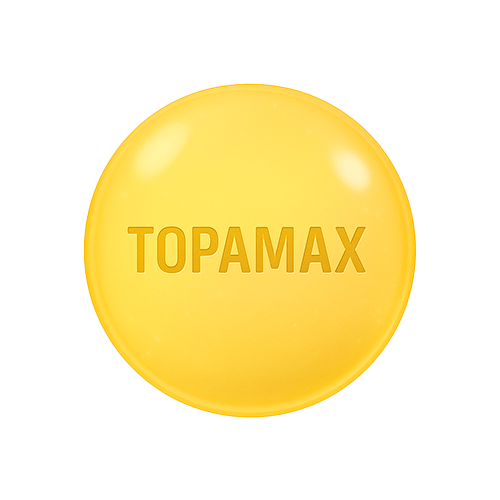
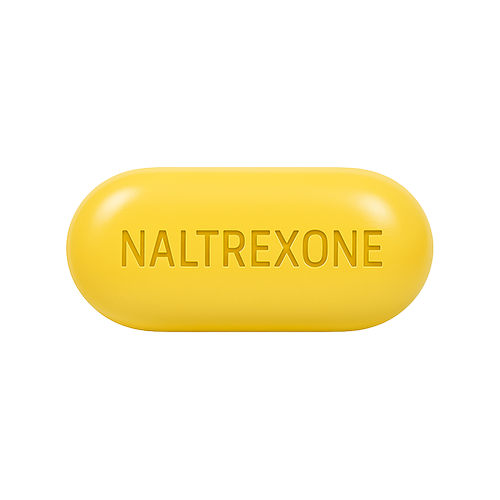
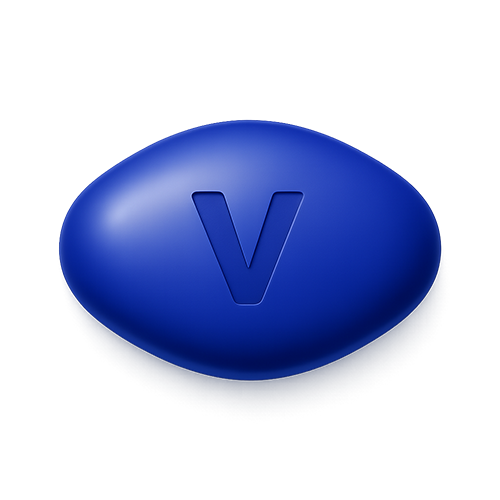



Reviews
There are no reviews yet.